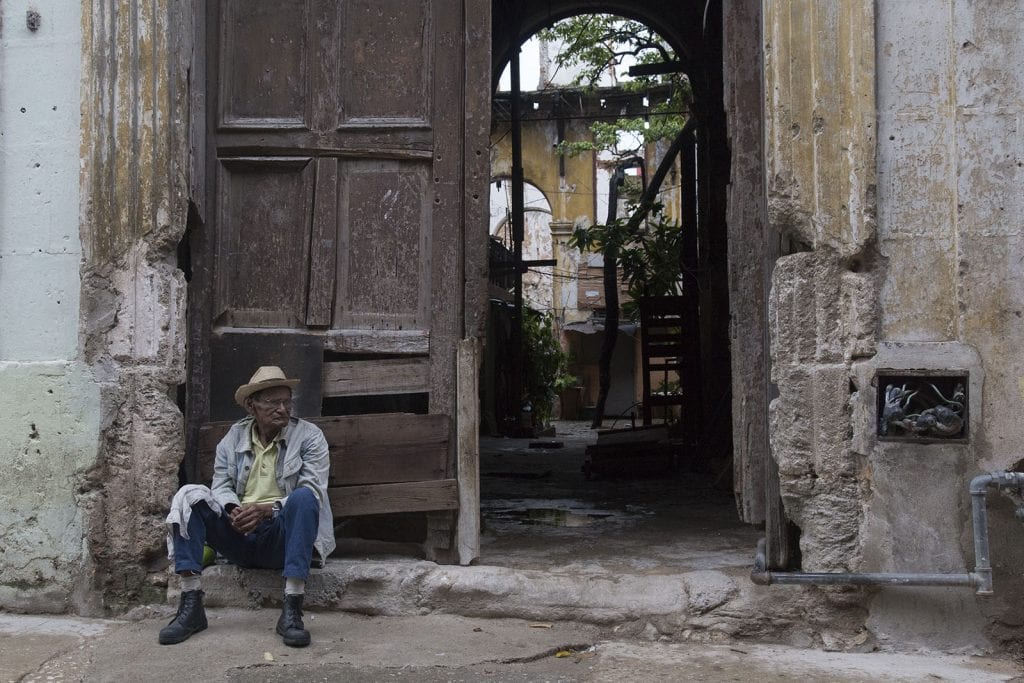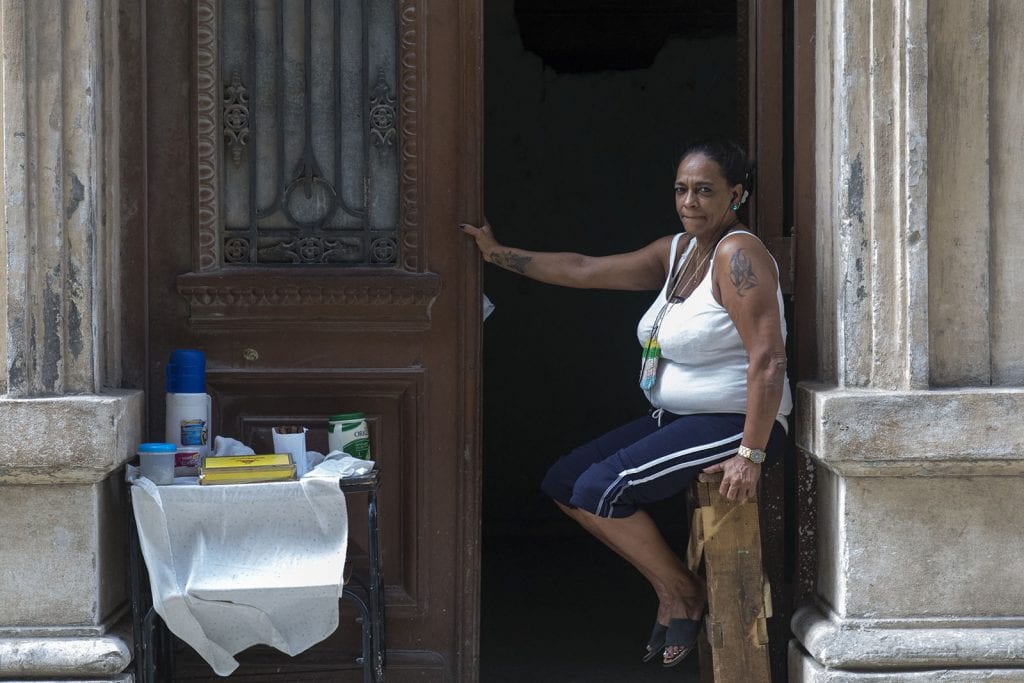Deep Inside Havana
Photo Feature by Juan Suarez

HAVANA TIMES – I took another look into the depths of Havana, its people and customs, their problems, the reality of their environment, the city that is dying among its inhabitants.
As a famous Havana architect once said, “Havana could end up in a Dantesque vision, as a large ring of garbage or as an empty crater where once upon a time there had been a city.

Click on the thumbnails below to view all the photos in this gallery. On your PC or laptop, you can use the directional arrows on the keyboard to move within the gallery. On cell phones use the keys on the screen.






























These people deserve so much better, once gorgeous buildings are being left to decay. The people do deserve so much better , they have got a great resilience and are a very proud people. Get behind your people Mr Castro and please restore these beautiful buildings that your people are so proud of!
“…My point is that poor countries are not necessarily “third world”, their poverty can be a consequence of political decisions – which I personally believe to be the case in Cuba…”
I don’t differentiate whether their status is due to politics or physical circumstances. If it’s a poor country then I refer it as “developing.” Period.
I don’t use “third world” any more after being corrected too many times by people who think they know better. In any case I don’t care to argue semantics or definitions, it’s immaterial to the discussion. Call it what you wish.
To me “developing” or “third world” means the same: It’s a really poor country. (That’s just me though. Maybe I’m wrong. Nomenclature has never been a strong suit.)
The actual reason for my asking, is that a few years ago, my wife as a Cuban described Cuba as ” a third world country.” I remonstrated with her having visited some third world countries – although not as many as you evidently from you various contributions have.
My point is that poor countries are not necessarily “third world”, their poverty can be a consequence of political decisions – which I personally believe to be the case in Cuba.
My believe in the potential of Cuba to make dramatic improvements in its economy started when visiting Cuba quite a lot of years ago as one of a particularly well qualified group from both North America and Europe of practising agriculturalists. Watching in subsequent years the ever increasing numbers of acres of good agricultural land reverting to bush is more than frustrating as it could so easily be stopped and reversed. It is the dogmatism of the system of “socialismo” that prevents it.
I like you, find the conditions common in developing or third world countries deplorable, improving them ought to be a world priority.
I use the “developing world” as a catch-all phrase to lump poor countries together.
Sorry if I’m using the phrase incorrectly.
Upon what basis Eden do you include Cuba as part of the developing world?
My only point was that the so-called “poverty” in Cuba as represented by this photo essay does not engage me after I’ve spent so much time dealing with actual poverty right next door in Haiti, and in dozens and dozens of places throughout Latin America, the Indian Subcontinent and Africa.
It’s remarkable that Cuba is far, FAR removed from the real poverty that’s rampant throughout much of the developing world.
I do not wish to see even more poverty, merely to address it and to wish for a better life for those who suffer it. I agree with you that it is usually possible to find situations which are worse than others – but that is no remedy. Humanity has much reason to cry for the abandoned.
Go right next door to Haiti if you want to see real poverty. I’ve been in situations there where I don’t know whether to puke or cry.
Just wait Eden and the Castros will get there!
Where Juan Suarez displays his skill Ken Edwards (I use your full name as there is another Ken who contributes to this site) is in the inclusion of people within his pictures. Sure, as I have said, Cuba can be described by the one word “crumbling” and you are correct in indicating that that description applies from Baracoa to Vinales – and I can assure you further all the way to Maria de Gordo and the Guanahacabibes peninsula, much of which I too have photographed and consequently recognize the skill of Juan’s work.
It takes patience and observation to capture a photograph like number 18 in the series. In taking the view that anyone can take thousands of pictures like those of Juan Suarez, you fail to recognize that there is a major difference between taking a snap of buildings that have been standing for anywhere between 500 and 58 years, and succeeding in capturing the ambience of life around them.
You are correct in criticizing the wilful blindness of the Castro family regime to the poverty and decline of all the infrastructure which is consequent to their dictatorial communist rule. But as illustrated by those parts of Cuba which have received UNESCO funding, it is not too late to restore some of the former attraction of the villages, towns and cities of Cuba. But to achieve that, freedom has to replace oppression.
The Castro regime has been very willing to accept that UNESCO funding whilst cursing and decrying those countries which contribute to it. The US is the largest and even tiny Israel with a population of less than half that of Cuba, contributes 3%.of the total.
Personally, photo essays like this don’t do anything for me. In fact they simply remind me that the poor side of Cuba could be much, much worse.
Nothing special about these pics .Go anywhere from Vinnelles to Barracoa and any town and village in between , take your camera and take a thousand pics like this..its all the same !
Why cant some one take the Castros and their cronies on a tour of their country to see what their wonderful polices have wrought for a wonderful people !
Ive heard it said “visit Cuba before the Americans arrive and ruin it “…how can they ruin a country that is already in ruins ?
A quite brilliant series of photographs which encapsulate the achievements of the Castro family communist regime. Cuba, its infrastructure, its living conditions and its architectural history can be described in one word: CRUMBLING.
The way for Cubans to have a quiet life is:
“Don’t challenge the system, accept it, stay mute and exist.”
Denied human rights, oppressed, receiving food rations and controlled by repression, these pictures are representative of the daily lives of those subjected to Fidel Castro’s proud claim to have established “socialismo”
There are those contributing to these pages, who approve and extoll the supposed virtues of the Castro family communist regime and its repression of free speech, freedom of political expression and the illustrated conditions. But they do not seek that which they support for themselves.
Shame, pain and suffering ad libidum!